Archeologist and costume collector, Sara Rivers Cofield, found an amazing antique dress in Maine in 2013.
She knew right away that it was almost 200 years old and quite a find, but what she didn’t know was that there was a hand-written coded message in a secret pocket in the dress. And although it took her almost a decade to find someone to decode it, Cofield now finally knows what it means.
The Dress
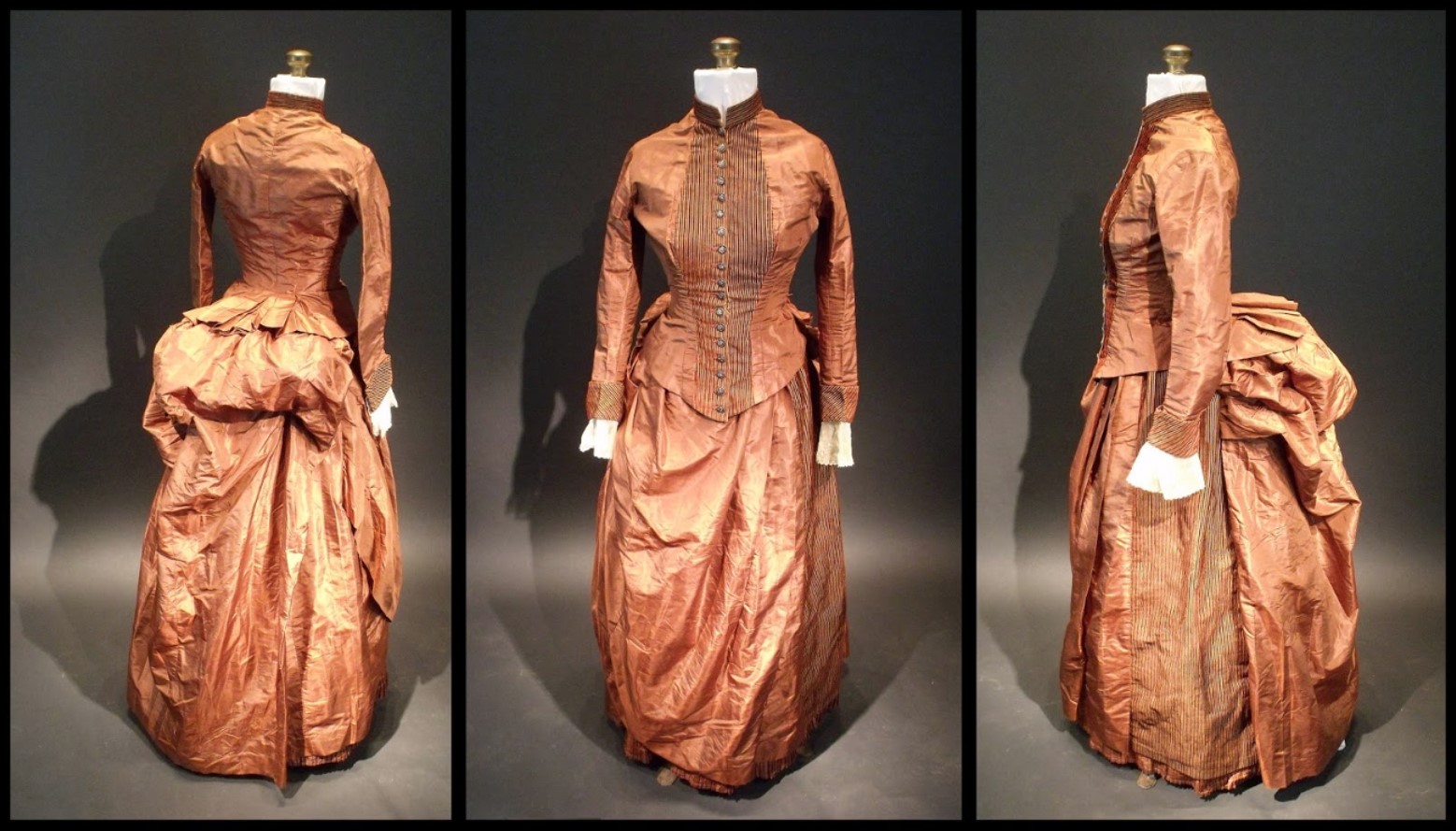
Cofield was immediately enamored with the incredible “rust, metallic, bronze silk dress,” when she saw it in the antiques shop.
Because of her experience with historical clothing, she knew it was from the mid 1800s. But when she brought it home, she found two very interesting features. One was that it was signed with the name “Bennett” and another was that it had a secret pocket.
The Secret Pocket Alone Was Quite Interesting
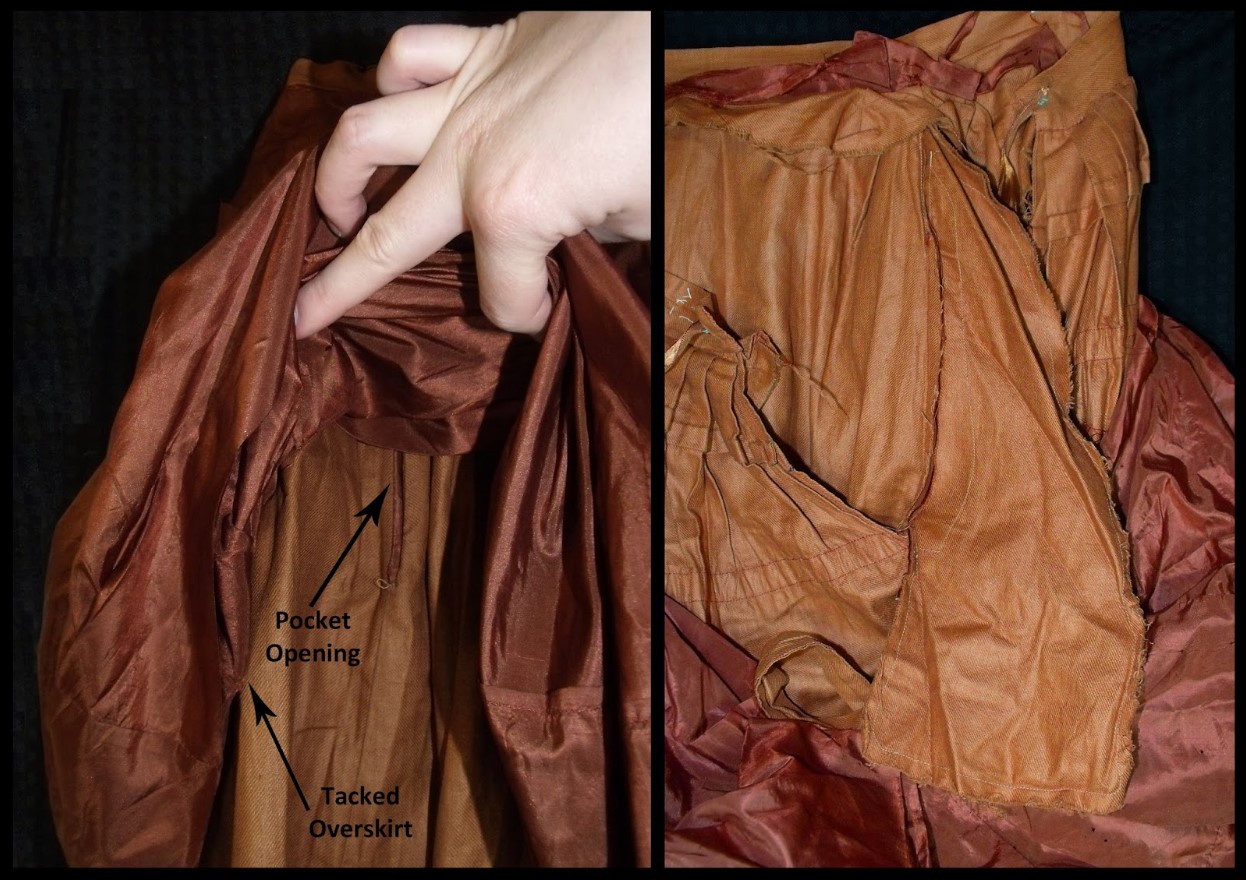
Cofield explained why this pocket was so special on her blog, stating, “Lots of 19th-century dresses had pockets. But then things got weird. I mean usually built-in pockets don’t play hard-to-get, but even with help from my perennial antiquing partner, my mom, it took a while to get to the thing.”
She continued, “It wouldn’t have been possible to get at the pocket at all without causing a rip if someone had the dress on. We had to do some seriously careful maneuvering to get at it.”
Finding the Coded Message
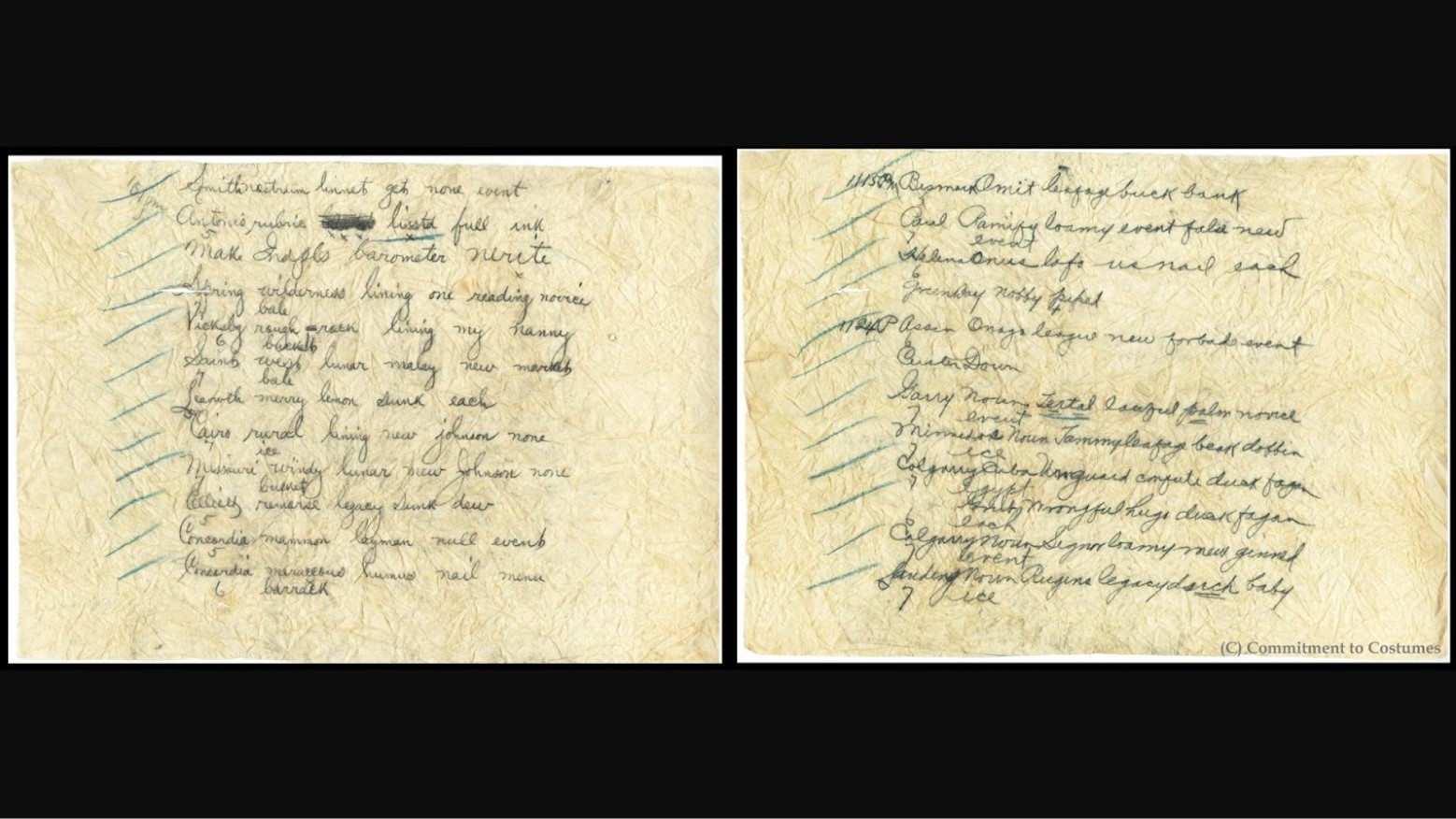
Cofield got even more excited when she reached into the completely hidden pocket and felt a small piece of crumpled paper.
On the blog, Cofield wrote, “It consisted of two translucent sheets, both of which exhibited writing. There we were thinking we’d stumbled upon some historic letter, and then we were standing there, each with a freshly unballed sheet of paper, and each suffering from complete bafflement. The writing is readable, but it makes no sense!”
What Did the Piece of Paper Say?
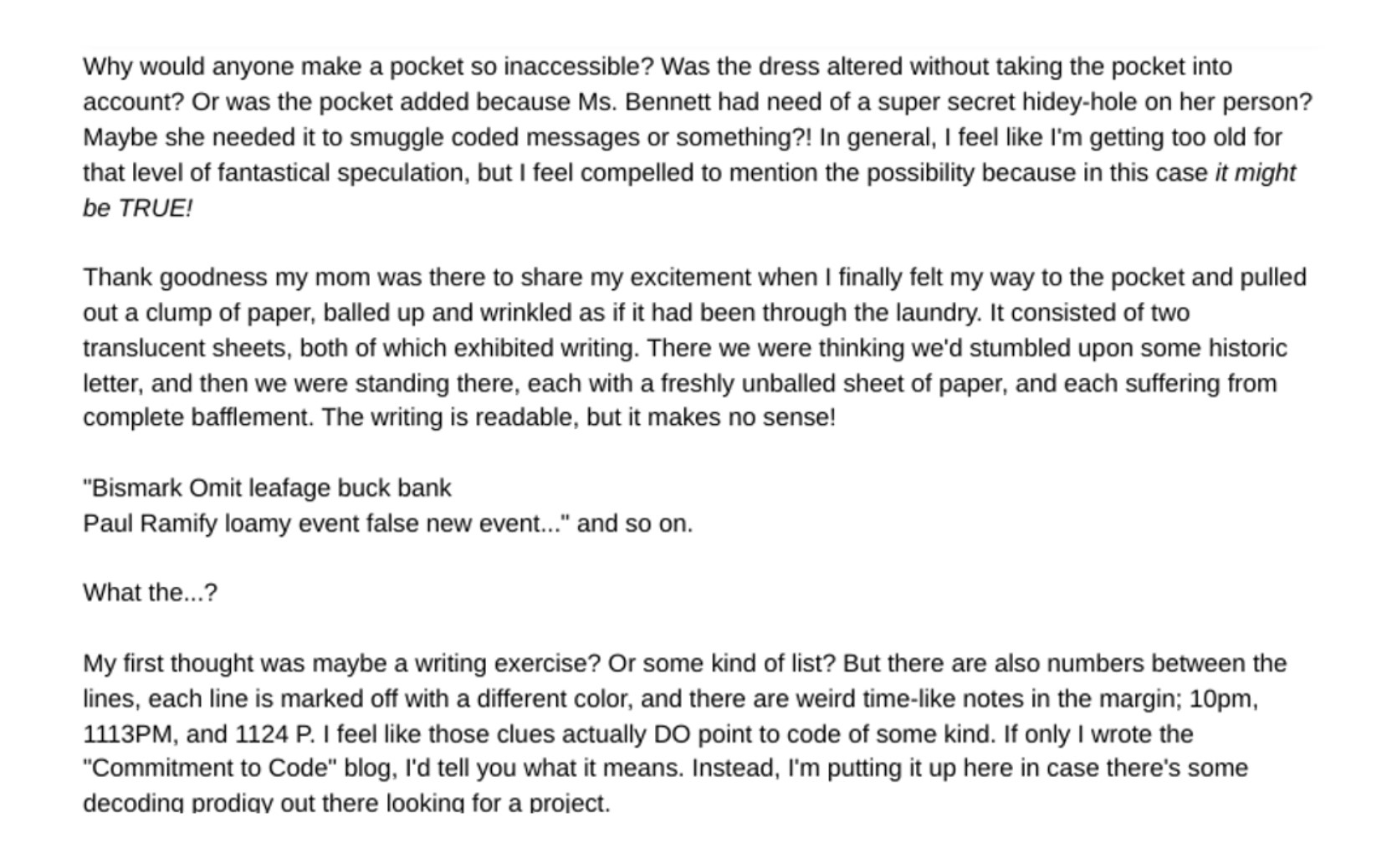
The archeologist then noted the paper had phrases that were made up of words, but were utter nonsense.
She gave two examples of the phrases she found on her blog, including “Bismark Omit leafage buck bank,” and “Paul Ramify loamy event false new event.”
Asking for Help

At the end of her blog post, Cofield wrote, “I’m putting it up here in case there’s some decoding prodigy out there looking for a project.”
And although it took an entire decade, finally, someone was able to tackle this nonsensical writing and actually figure out what the code means.
Wayne Chan: Analyst and Amatuer Code Solver
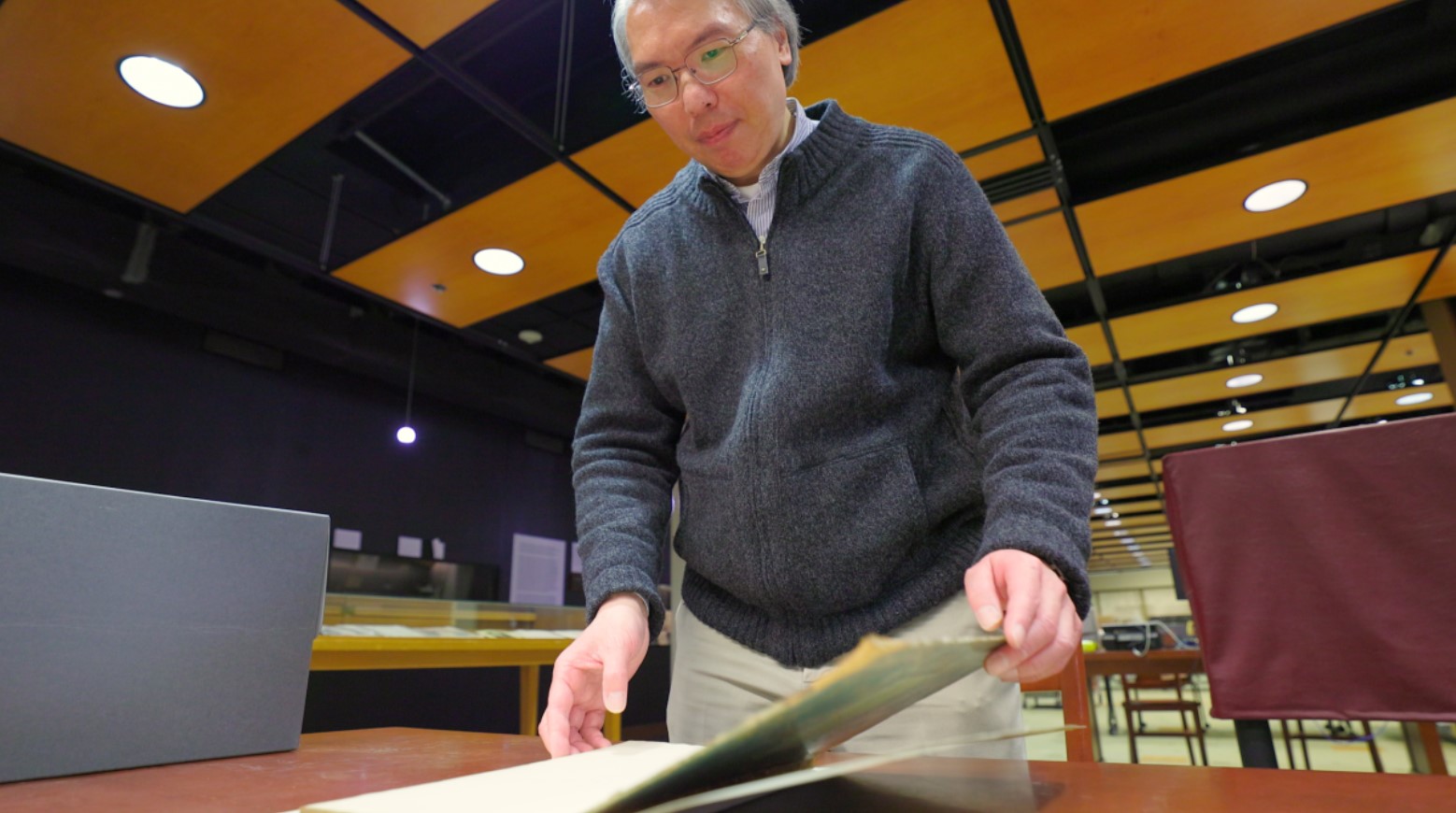
Wayne Chan is an analyst at the University of Manitoba’s Centre for Earth Observation Science, but he loves to solve codes in his free time.
When he first came across this mystery code, he got very excited and immediately set to work looking through codebooks from the 1800s. In fact, he went through around 170 books in all.
Finally Finding the Information He Needed
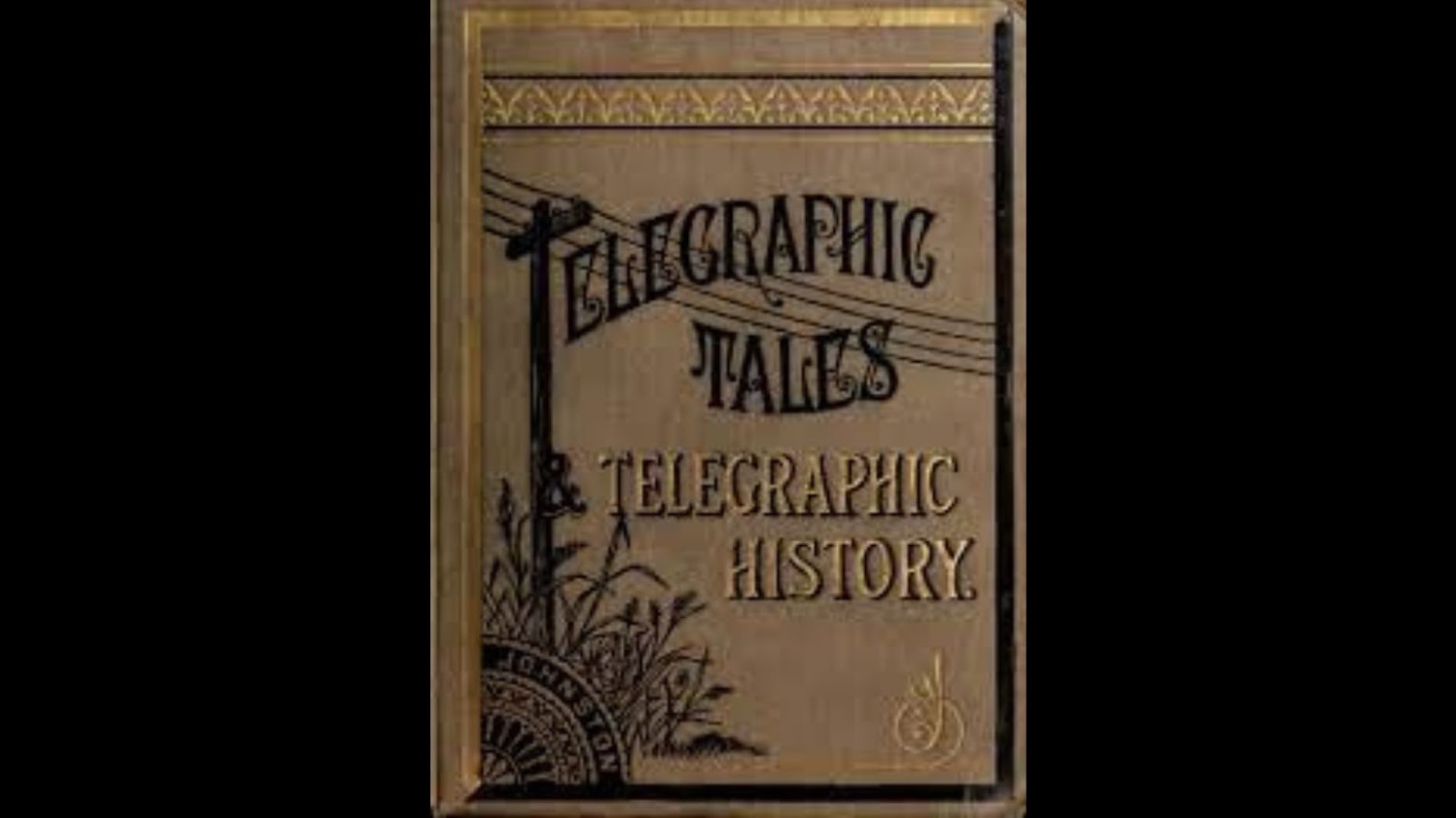
One day, he opened a book from 1880 called “Telegraphic Tales and Telegraphic History” and saw something that looked a lot like the mystery code from the dress.
Chan wrote in a paper he published about the code, “The style of the code and the fact that it began with a place name suggested a close match to the Silk Dress codetext. This was the key that led to the decoding of the cryptogram.”
Who Wrote the Mystery Code?
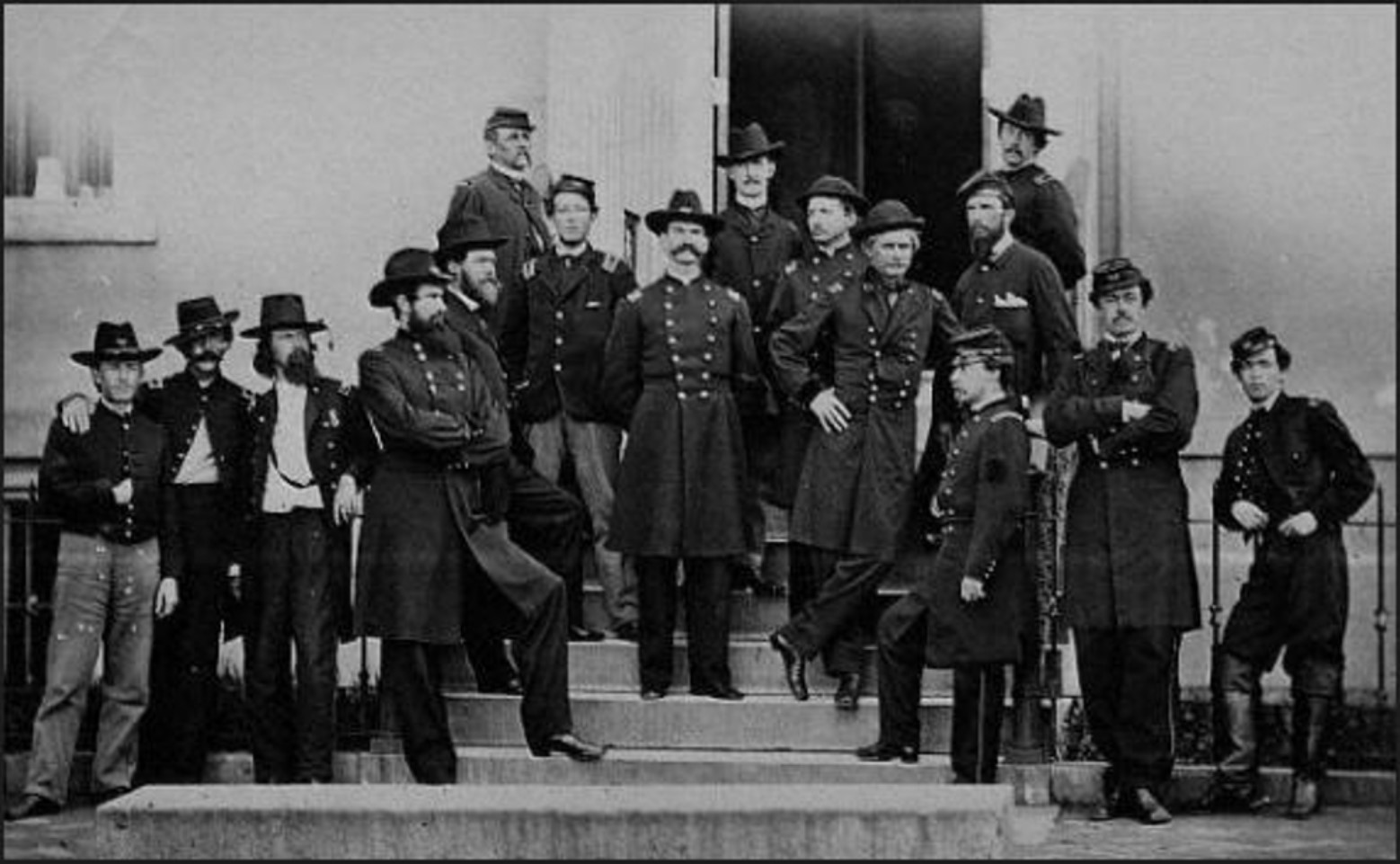
The first thing Chan realized was that the code was written by the US Army Signal Corps; it was a telegraph that reported the weather.
Then, after more research, he realized the code explained weather observations from specific locations in Canada and the USA from one day in 1888.
The Importance of Weather Telegraphs
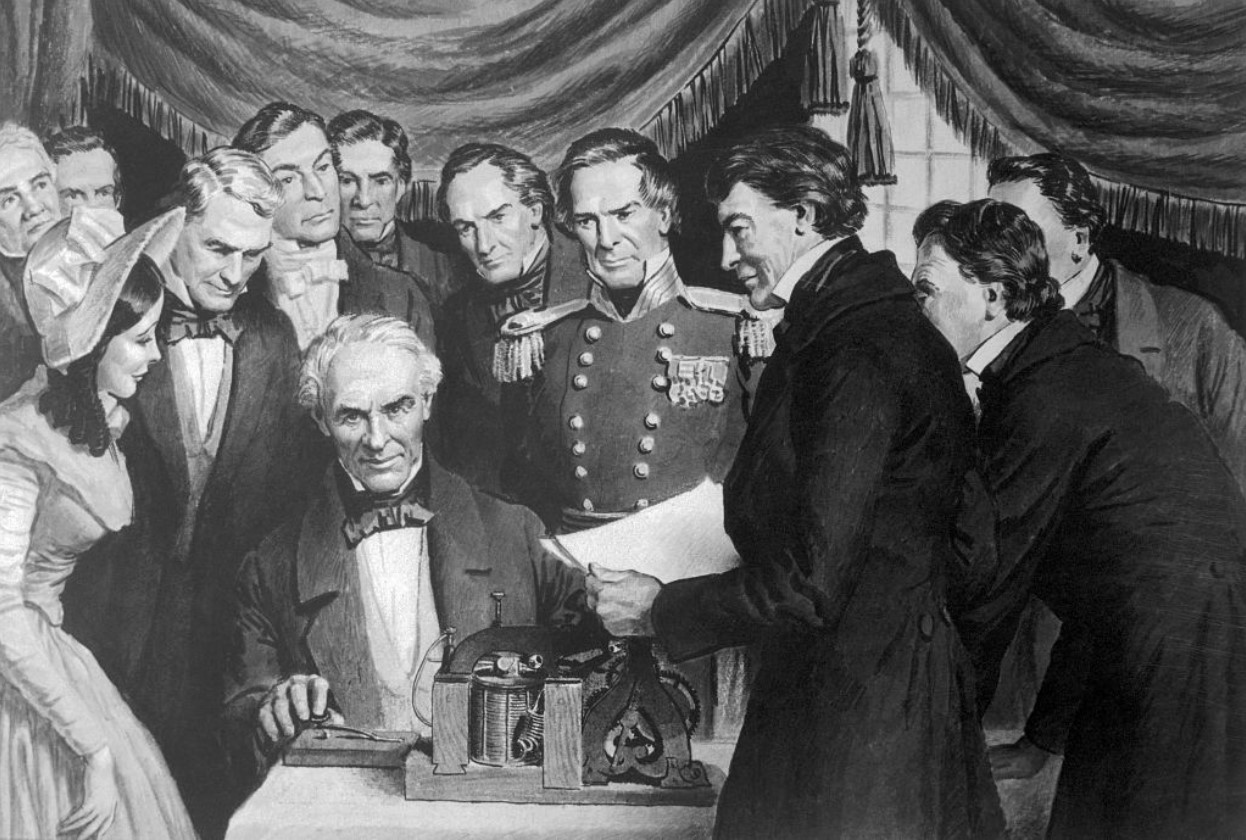
For a historian, the telegraph weather code is exceptionally interesting, as before the late 1800s, there was no such thing as a weather forecast or a telegraph.
Chan explained that it was “the first time in history, information about the weather could travel faster than the weather itself.”
Why Was the Weather Written in Code?

Of course, the weather isn’t some important military secret, so why was it written in code? Chan explains that at that time, one had to pay per word when sending a telegraph, so a code was the most cost-efficient way to send a message.
For example, just the word “Omit” meant that the temperature was 56 degrees Fahrenheit with a pressure of 0.08 inches of mercury. And the word “Buck” meant there was no precipitation, the wind was moving north, and the weather was clear.
The Mystery Is Not Completely Solved Just Yet
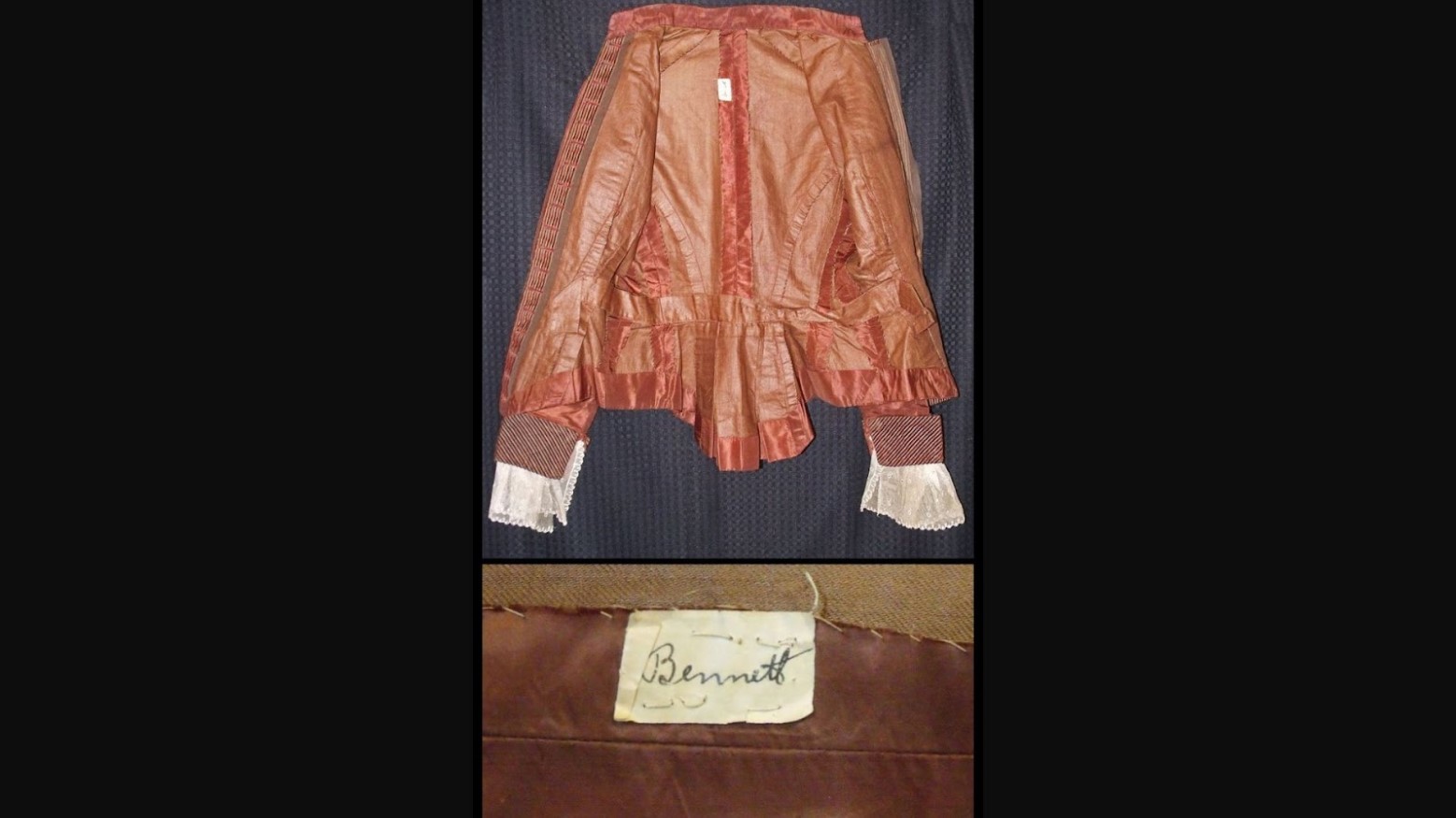
While figuring out the mysterious code is certainly exciting for Chan, Cofield, and any history buff, there are still more questions about this incredible dress and the person who wore it.
Who was Bennett? Why did she have a super secret pocket? And why was she carrying the weather code in it? These questions may never be answered, but it’s certainly fun to wonder.
